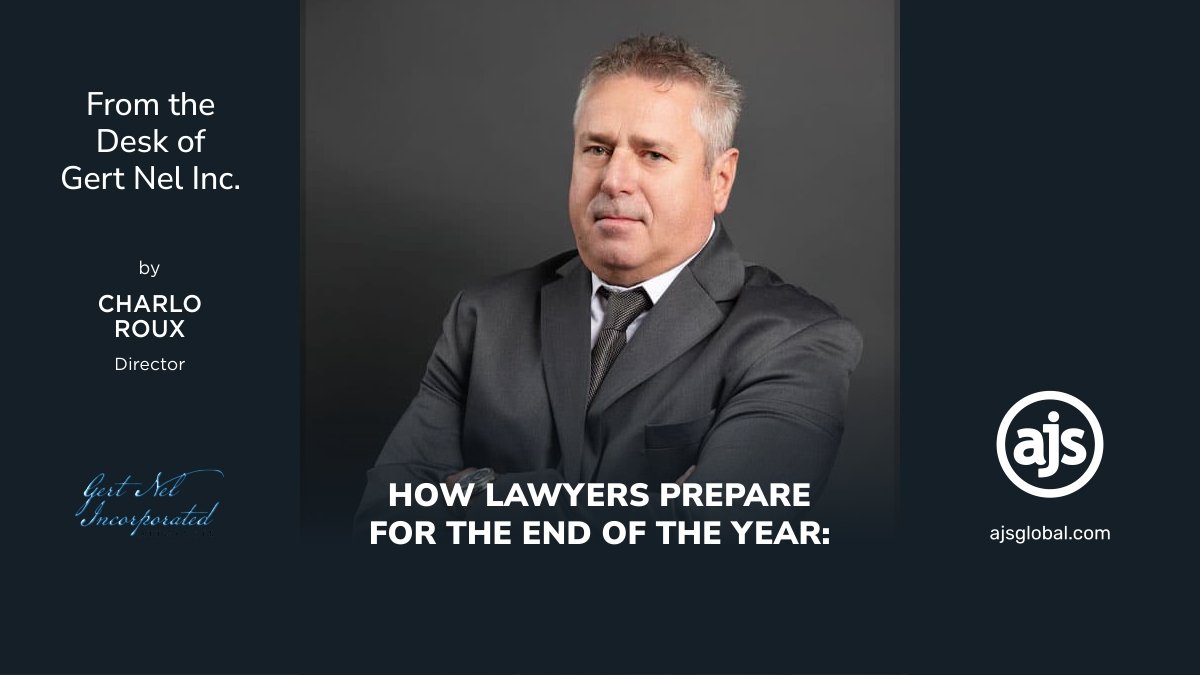
How to Work SMARTER, not Harder.
10 Tips to help you and your firm.
There’s no doubt that by embracing the right technology we are able to get more done in less time. Working smarter not harder has never been easier.
Technology has helped us embrace a better work-life balance and has – in many cases – prevented burnout and stress because we have our “little helpers” doing all the hard graft.
And because tech is supporting us by doing all the labour-intensive, repetitive and time-consuming work, we are able to apply our minds to more important matters, and often spend our time more appropriately.
But the thing is – technology will only get you so far. Sure, it handles the heavy load (so to speak), but you won’t really get a best use scenario if you yourself aren’t fully embracing the concept of “work smart not hard”. Striving to do more in less time is the holy grail of work-life. No doubt. So, we need to prepare ourselves in order to make the most of our time at the office and also ensure that we are using our technology in the best way possible.
For the control-freaks out there, it may involve letting go of the reigns just a little because sometimes in order to optimise workflow, delegation may be required. You can’t handle everything superman/superwoman!
That said, here are our top 10 tips to help you work smart, never hard –
10 tips to help you work smart, never hard
1. Delegate more – this will be hard for some (micromanagers we’re looking at you) but the ability to delegate will make you more productive. One study showed that CEOs who delegate experience lower levels of decision fatigue, fewer instances of burnout and generate 33% more revenue than those with low delegation skills.
2. Set clear goals – setting goals makes it easier to define what you want to achieve and helps you to focus on the most important tasks. Also, by dividing your to-dos into achievable “bite size” chunks, they become manageable, and the workload no longer appears so intimidating.
3. Focus on high impact tasks – trying to accomplish everything on day one is impossible. Trust us. Instead, focus on tasks that will have the greatest long-term impact. Be the brightest crayon in the crayon box and focus on the things that are most critical to your job performance and the company’s success.
4. Limit notifications and other distractions – we are so distracted nowadays! Whether we’re getting a push notification on our phones or a chat notification on our computers, a single notification has the ability to derail our productivity for several minutes. Let alone the time spent when we stop for “a few seconds” to reply. Those few seconds turn into a few minutes. As those few minutes add up over time, you’re not only not working smarter, you’re also not working at all. By creating a distraction-free environment, you can stay in your most productive flow and stay focused on your high impact tasks.
5. Take breaks – we admit this doesn’t sound like the most productive thing to do. But if you schedule breaks with intention, they can actually ensure you get even more done. Giving your brain a break can help you focus more efficiently on the task right in front of you.
6. Time blocking – time blocking is an efficient time management technique that allows you to focus on one task at a time, avoiding the distractions that multitasking can bring. With time blocking, you organise your tasks and to-dos in a structured timeline, so each task gets dedicated attention. With this you can also tackle tasks in chunks to boost productivity. For example, instead of answering every email as it comes in (reactive), schedule blocks of time throughout the day to check and respond to emails (proactive).
7. Leverage your internal clock – “timing is everything”, right? The time of day you work on certain types of tasks impacts your productivity. This won’t be a one-size fits all approach because each person has their own internal clock. But the idea here – according to Daniel Pink, author of When: The Scientific Secrets of Perfect Timing – is that everyone experiences three productivity phases over the course of a day: peak, trough and rebound. During the hours leading up to and at our peak (usually around midday), we’re the most focused. That makes it a perfect time for analytical tasks. Conversely, when we’re at our lowest point (the trough), it’s a good time to focus on creative tasks.
8. Complete a task – have you ever felt tense when you leave work or close your laptop at the end of the day knowing you haven’t finished a task? This “phenomenon” is called the Zeigarnik Effect. The Zeigarnik Effect states that not completing a task creates mental tension, keeping it top of mind. The only thing that will ease this tension is to complete the task. So, next time you start a project (starting is the hardest part by the way), stay with it for a while and get the juices flowing…
9. Track progress – when it comes to the end of the day, you look at the clock astonished wondering where the time went? If you track the work you do throughout the day, you never have to wonder. It will also give you a sense of accomplishment knowing what you managed to do that day. That may be just what you need to get back at it the next day.
10. Know when to quit – it’s important to know when to call it quits for the day. You know the signs – your mind wanders, you keep rereading the same sentence over and over. Or maybe it’s taking you half an hour to write a simple email. You could sit determined to burn the midnight oil, but what good would that do? You are done for the day. By stopping and picking up where you left off the next day, you will accomplish more in the long run.
Sure, this may be easier said than done. But understanding that you can find small ways to make your work life easier is crucial to ensure that not only are you safeguarding a healthy work-life balance, but that efficiency is always optimised.
If you are in need of a service provider who has a proven track record or if you want to find out how to incorporate a new tool into your existing accounting and practice management suite, or how to get started with legal tech, feel free to get in touch with AJS – we have the right combination of systems, resources and business partnerships to assist you with incorporating supportive legal technology into your practice. Effortlessly.
AJS is always here to help you, wherever and whenever possible!
(Sources used and to whom we owe thanks: Clickup; Forbes and Teamwork)
– Written by Alicia Koch on behalf of AJS





Leave a Reply